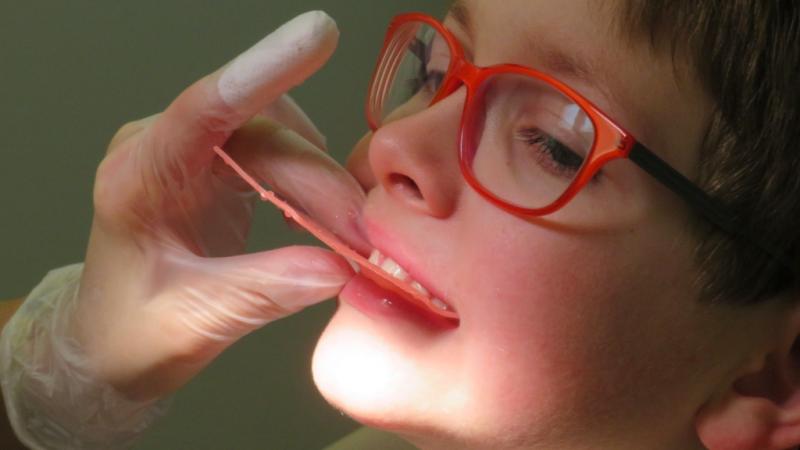Braces for Children: Early Intervention for Proper Dental Alignment

Braces have become a more prevalent treatment option today than three decades ago. The increased social acceptance is a primary factor in braces use among children. Sugary diets and insufficient fluoride intake have also contributed to the growing demand.
There are several common signs a child may benefit from orthodontic treatment. Common signs include the early loss of primary teeth, difficulty biting or chewing food, overcrowded teeth and disproportionate jaw development.
Upon recognizing these signs, a dentist will likely recommend visiting an orthodontist, who will assess the child's oral condition and determine whether braces or other alternative is more appropriate.
The Importance of Early Intervention
Early intervention in dental alignment is crucial for children due to several reasons. Firstly, addressing orthodontic issues at an early age allows for more effective and efficient treatment.
There is no fixed age for a child's first dental visit to the orthodontist. In fact, some healthcare professionals recommend scheduling a child's first orthodontic evaluation around the age of seven.
By doing regular dental check-ups at an early age, parents will have ample time to properly address any developing issues.
Orthodontists can also treat misalignments or malocclusions early. They will be able to guide the favorable growth and development of the jaw and teeth, reducing the need for invasive procedures in the future, like tooth extractions or jaw surgeries.
The proactive early intervention approach also benefits a child's oral health long-term. Proper dental alignment facilitates healthier teeth and gums, simplifying effective oral hygiene practices.
Well-aligned teeth promote efficient brushing and flossing. This will further lower the risks of tooth decay, gum disease and other dental issues. Furthermore, straight teeth distribute chewing forces evenly, preventing excessive wear and tear on specific teeth.
Moreover, irregular bites or malocclusions can impede a child's proper chewing and speaking abilities. This can cause discomfort or pain while biting certain foods, affecting their nutrition and well-being. Speech impediments or difficulties in pronunciation may also result from misalignments.
Beyond oral health, untreated dental misalignments impact a child's overall well-being. Misaligned teeth can undermine self-esteem and confidence, leading to social and emotional challenges. Parents can reduce these concerns by addressing orthodontic issues early. Early dental intervention will help foster a positive self-image and smoother social interactions.
Choosing the Best Brace Types and Colors
Types of braces can vary depending on the specific dental needs of each child. Traditional metal braces are a standard option and consist of metal brackets affixed to the teeth, connected by wires and elastics. They are highly effective and often the most affordable choice.
Ceramic braces are another option. This type features tooth-colored or clear brackets that blend in with the teeth, making them less noticeable. These braces are popular among those who prefer a more discreet treatment option.
Additionally, there are self-ligating braces that use clips instead of elastics to hold the wires in place. This type of brace reduces friction and potentially shortens the treatment duration.
Furthermore, children can personalize their orthodontic experience by choosing colors for their braces. Brace colors serve as a fun and creative way for children to express themselves. Hence, selecting the best colors for braces is also an important aspect of this process.
When choosing the colors, personal preferences play a role. Furthermore, factors like skin tone and wardrobe can help select colors that complement the child's appearance.
Orthodontic offices typically offer a wide range of color options. This will allow children to select their favorite hues or certain colors for special occasions. This can help empower children and makes the orthodontic journey more enjoyable and exciting.
Orthodontists can provide guidance and expertise in choosing suitable colors. It's important for parents and children to have open discussions with the orthodontist, sharing their preferences and concerns. This collaborative approach ensures a positive and personalized braces experience where the child feels confident and comfortable.
More to Read:
Previous Posts:





